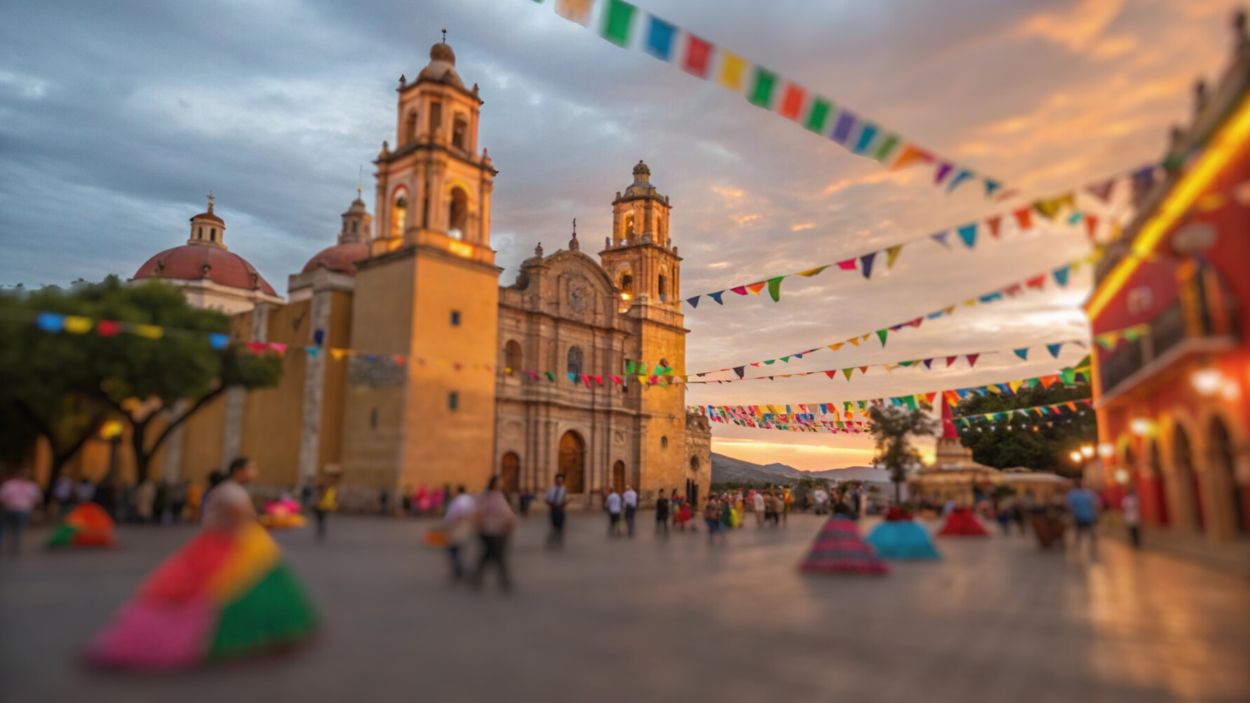What are Fiestas

Fiestas are traditional celebrations often associated with specific cultural or religious events, encompassing a variety of activities such as music, dancing, food, and communal gatherings. They are significant cultural expressions in several parts of the world, particularly in Hispanic countries, where they have historical and cultural roots.
History and Origins
The term “fiesta” is Spanish for “party” or “festival,” and its history can be traced back to pre-Hispanic cultures that held communal gatherings to celebrate religious and seasonal events. With the advent of Spanish colonization, these indigenous celebrations were combined with Christian festivals, leading to the vibrant, multifaceted fiestas known today. Each region or town can have its distinct fiestas, often celebrating patron saints or significant historical events.
Cultural Significance
Fiestas serve as a crucial cultural anchor, preserving the community’s historical narratives, religious beliefs, and communal ties. They act as a platform for expressing cultural identity, traditions, and unity among community members. During fiestas, it is common to see parades, religious processions, fireworks, dancing, regional music performances, traditional attire, and the sharing of local delicacies.
Examples of Famous Fiestas
- La Tomatina: Held in Buñol, Spain, this fiesta involves a massive tomato fight and attracts many tourists each year.
- Dia de los Muertos: Celebrated in Mexico, this fiesta honors deceased loved ones with colorful altars, offerings, and festivities.
- San Fermin: Known for its “Running of the Bulls” in Pamplona, Spain, this fiesta combines both tradition and thrill.
Frequently Asked Questions
1. What is the purpose of a fiesta?
Fiestas serve various purposes including the celebration of religious or historical dates, cultural expression, and reinforcing communal bonds among participants.
2. How are fiestas celebrated?
Fiestas are typically celebrated with music, dance, parades, food, fireworks, and other festive activities according to the specific tradition or culture. These vibrant events often bring communities together, showcasing their heritage and fostering a sense of unity among participants. One such example is the Dinagyang Festival, which is renowned for its elaborate street dancing and colorful costumes. For those looking to immerse themselves in this cultural experience, the dinagyang festival celebration details highlight the various activities, including the highly anticipated Ati-Atihan dance competition and mouth-watering local delicacies that define this lively occasion.
3. Are fiestas exclusive to Spanish-speaking countries?
No, while fiestas are most commonly associated with Spanish-speaking countries, similar festivals and celebrations occur around the world under different names.
4. Can anyone participate in a fiesta?
Yes, fiestas are generally inclusive and open to communities, including visitors and tourists who wish to experience the local culture.
5. What are the benefits of attending a fiesta?
Attending fiestas can provide cultural enrichment, social connections, and joyful experiences through diverse cultural traditions and communal celebrations.
